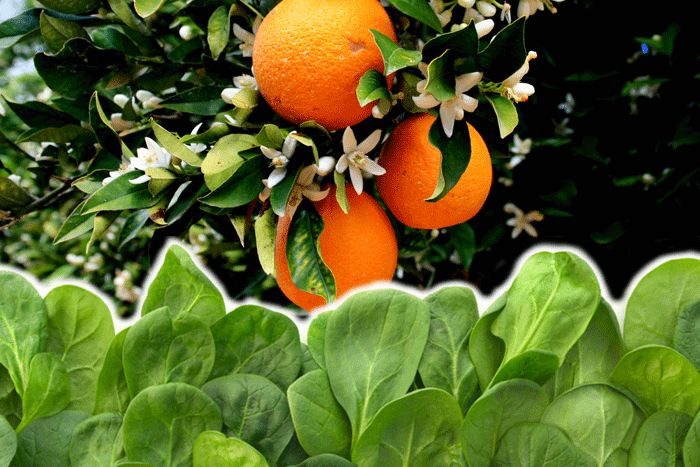Scientists study genetically modified trees to potentially win the war on HLB
RESEARCHERS have been trying for years to come up with a solution to the devastating disease that is killing citrus trees and destroying groves — HLB, or citrus greening. With more than 75 percent of Florida citrus trees infected with or dying because of this devastating disease, it is crucial to the industry that a long-term management solution (or, even better, a cure) is found. Researchers at Texas A&M University recently have made an interesting discovery that may provide a solution to the citrus greening problem, with a little help from another plant already found in our food supply — spinach.
Erik Mirkov is a professor in the Plant Pathology and Microbiology department at the Texas A&M AgriLife Research center in Weslaco, Texas. Mirkov and his team of researchers have been diligently working on finding a solution to citrus greening using funding from grants. His lab has recently discovered that adding a gene from spinach creates a more HLB-tolerant citrus tree.
Two different genes from spinach are being expressed in Mirkov’s trees. One provides tolerance to greening — that is to say they take longer to become infected than the control group of trees. Citrus trees that are expressing the second spinach gene are showing complete resistance to greening in greenhouse trials. Mirkov and his team expect the same promising results in field trials.
When some people hear that their food is or contains a “genetically modified organism,” more commonly known as GMO, they immediately question the safety of consuming that food product. The fear usually stems from an assumption that GMOs are not safe for human consumption simply because the long-term effects of consuming GMO foods are unknown. In reality, humans have been consuming GMOs for far longer than they realize; corn and soy crops have been genetically modified for decades. What those people do not understand is that the term GMO is very broad and does not mean that when, for example, scientists use their knowledge of genetics and biotechnology to engineer a disease-resistant fruit, that it is dangerous. Employing genetic engineering techniques may help save the citrus industry. Mirkov explains, “If fruit yields get much lower, more juice plants will go out of business. If a solution is not put in place soon, we could be looking at the end of citrus production in Florida.”
Ricke Kress of Southern Gardens Citrus, a company owned by U.S. Sugar, fully supports Mirkov’s research. He understands that public perception of GMOs (and lack of knowledge about them) adds to the controversial nature of this solution to greening, but he thinks that modifying something like spinach, which is “already in the food system, versus something that’s foreign to food,” might just work. Kress goes on to say that “if we go through the process of everything we’re supposed to do to show that it is safe, then ultimately every consumer gets to make their own decision on ‘I’ll buy it or I won’t.’ ” Researchers everywhere are doing everything they can to help prevent and fight the devastation of greening; if approved, these methods one day might help save Florida citrus.
CREDIT
article by JULIE GMITTER

